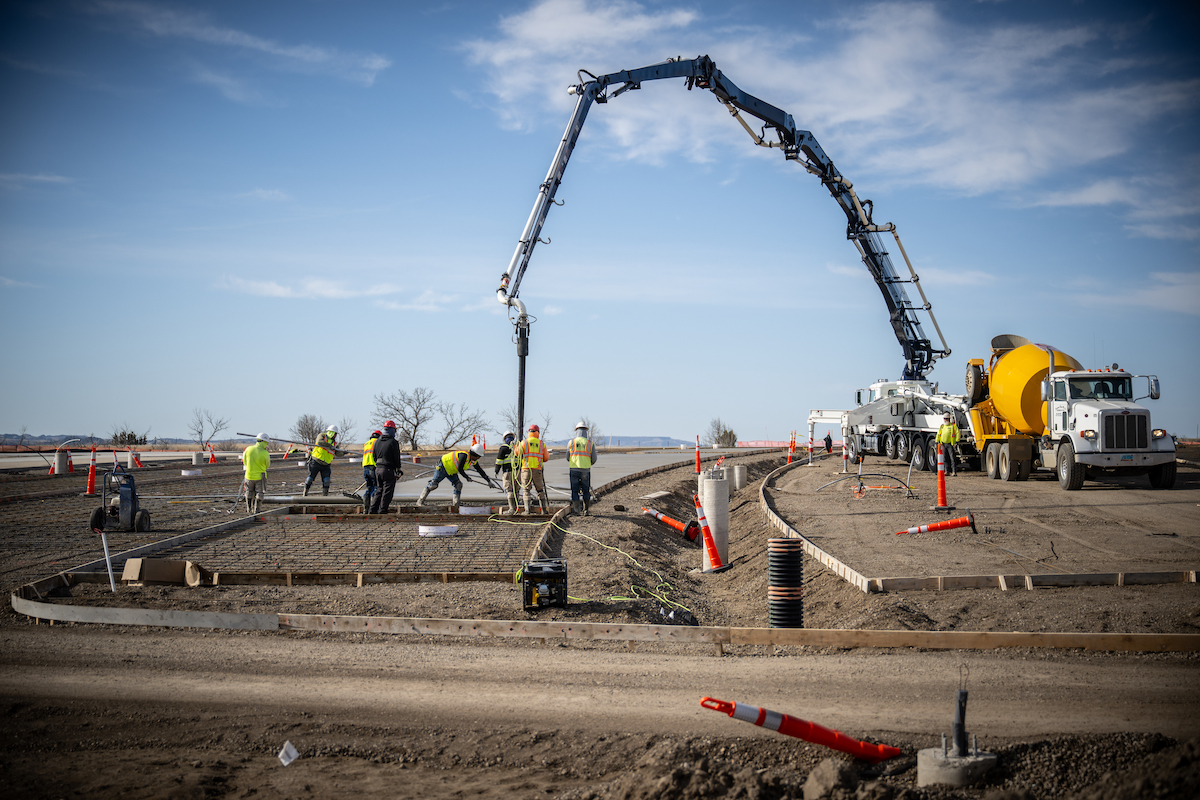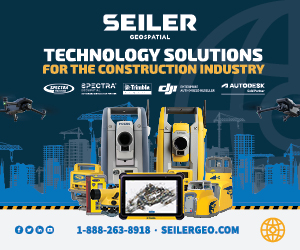And while Mortenson has done its share of prefabrication, we believe that modular construction can truly transform the construction industry. Mortenson is developing expertise in volumetric modular construction. Utilizing a steel frame, it has the ability to revolutionize certain types of construction such as hotels and multi-family projects that have 80 percent repetitive elements. These elements can be manufactured offsite, shaving months off the construction schedule. Hotels brands including Marriott, Hilton, and citizenM have used or are exploring the ability to use Modular Construction. Student, senior, and micro-housing are other markets where modular construction is being explored or utilized.
Mortenson is now working on its fourth project with citizenM, a hotel owner out of Amsterdam that was founded in 2006, born out of the frustration that most other hotels were boring and poor quality. The few that were stylish and luxurious were expensive and built on inefficient and outdated principles. citizenM builds one type of room, which has everything its travelers say they want – a smart luxury design, wall-to-wall windows, XL King sized beds, power rain showers, tablet mood pads that change the colors of the rooms, and free Wi-Fi and movies. The amenity rooms are stylishly designed with living rooms and bars, filled with contemporary art. Travelers check themselves in and out – no waiting in line for anything.
Each project with citizenM has increased Mortenson’s learning by leaps and bounds as our team pushes the boundaries by finding ways to simplify the way the modules are manufactured and connected in order to build even faster.
For their first modular hotel with citizenM, executives from Mortenson went to visit citizenM hotels oversees and tour the modular manufacturer in Poland to understand what it would take to ensure these fully built mods would meet U.S. seismic and building codes. Each mod needed to be inspected by the State of Washington before it left Poland. Having to rely on an international supply chain came with its own set of challenges, including finding Washington L&I inspectors that were willing to travel to the factory in Poland to inspect each module, including plumbing pressure test, flooring install, sprinkler pipe test and electrical test before it was shipped. Mortenson controls 100 percent of the quality, inspecting the punchlist, architectural items, and final condition before shipment.
The advantages of fully volumetric modular construction far outweigh the challenges. While a conventional building and a modular building start out the same with site demo, prep, and construction of a traditionally built concrete podium and elevator core, modular fabrication of the hotel rooms are happening concurrently in the manufacturing facility, advancing the completion – and hotel revenue schedule. Additionally, construction waste at the factory outperforms by 20 percent and the environmental savings don’t stop there.
In a typical urban construction site that requires 250 workers per day (as opposed to a crew of 30 that was used on the South Lake Union modular site), monthly impacts include 5,000 private vehicle round trips, 120 material deliver vehicle round trips, 120 hours of idling vehicles, 12 porta-potties emptied every day and 360 cubic yards of mixed construction waste. Safety is also a major factor to consider –fewer workers on site equates to less risk of injury, fewer slips and falls, less contractor vehicle traffic on site, less rigging, staging, and construction elevator trips. The speed to market is the ultimate advantage.
Another factor that makes modular construction advantageous is much easier it is to build in dense urban infill sites, when you don’t need space for laydown areas or 300 craftworkers coming to and from the site each day.
The technology has now reached a point to facilitate the level of coordination required to make modular construction work for a variety of projects including hospitals student housing and affordable housing to name just a few. Controlling the rising costs of construction, increasing quality, safety, and speed to market is the innovation that will advance the construction industry into the next decade.













































































